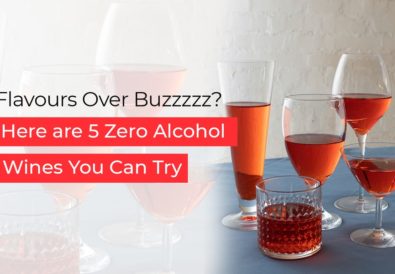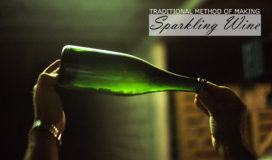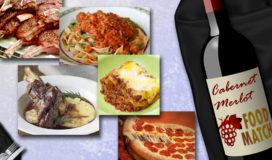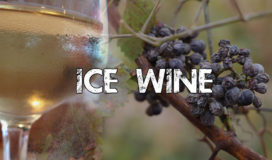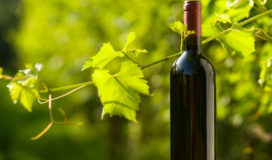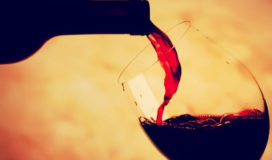They say that more wine means less whine. But the least they know is that this doesn’t stand true for every wine lover. There exists a certain bracket of health-conscious people who are a sucker for wines but at the same time are too wary of love handles that come with them. Having said that, it has been revealed in several studies that moderate consumption of wine is rather healthy. In fact, it is the healthiest form of tipple to exist among boozes. So, all in all, one can’t really blame innocent wines for weight gain.
But, as is the case with everything; excess of even a good thing can be taxing and keeping a count on your glasses of wine every day is apparently way too unfeasible than it seems. What you can instead do is simply go for low-calorie wines. Ta-da, now this is something to rejoice over! Which also happens to remind us to acquaint ourselves more with these godsent wines. So, let’s get started then.
What are low-calorie wines?
Although there’s no bubble to burst over here and it’s already pretty much evident, low-calorie wines typically contain much fewer calories than what your regular glass of wine holds. Each wine varietal has a different count of calories in it, considering carbs, sugar, alcoholic content and everything else a wine comprises, not to mention its vintage and winemaking technique. On average, although, the calorie content in a wine glass is anywhere between 70 to 100 Kcal.
For those who are trying to curb their intake of calories, it is always advisable to prefer a dry wine to a sweet wine as the former contains a small to zero amount of sugar while the sweet one has varied sweetness levels, ranging from medium to high.
Are there low-calorie red wines?
A 100 ml glass of light-bodied red with 12.5% ABV has about 85 Kcal. Light-bodied red wines are typically refreshing, have crisp acidity and are easygoing. Pinot Noir is an ideal example of a red wine low in calories. When it comes to medium-bodied red wines with an ABV of 13%, they contain approximately 90 Kcal. Cabernet Franc, Grenache and Merlot best represent the medium-bodied reds and give the palate a rich and textural feel. Speaking of full-body red wines that have 14% ABV and around 100 Kcal, Cabernet Sauvignon, Shiraz and Malbec enter the picture. These wines are potent with concentrated tannin structure, a higher level of alcohol and denser aromas.
Are there low-calorie white wines?
When it comes to white wines, a 100 ml glass consisting of dry wine with 11.5% ABV has about 75 Kcal. More often than not a dry wine is refreshing and has lively acidity. With fruity aromas, most of them are appreciated when they’re young while some call for ageing to develop complexity. Pinot Grigio / Pinot Gris, Riesling and Sauvignon Blanc are great examples of dry white wines. With 13.5% ABV, medium dry white wines in a 100 ml wine glass consist of about 90 Kcal. Full-bodied white wines are often loved for their concentrated flavours and rich texture. Sauvignon Blanc and Albarino represent the same but Chardonnay is the one to steal the limelight. Speaking of sweet white wines, one glass of 100 ml begins with 100 Kcal on account of sugar and alcohol content. Needless to say that sweet white wines are extremely sweet with high calories. Their example wines include Vin Santo and Tokaji.
Are there low-calorie rosé wines?
From sweet and fruity to dry and mineral, rosé wines come in all types of varieties. In comparison to red wines, they are a bit lighter and contain less alcohol. The number of calories in a rosé wine glass depends on the level of alcohol and grape variety used in its making. However, with 12.5% ABV, an approximately 100 ml glass of dry rosé wine contains about 85 Kcal.
Are there low-calorie sparkling wines?
Loved by almost one and all for their elegance, sparkling wines are typically known for their lower alcohol level which is between 11 to 12.5% ABV. A 100 ml glass of extra brut sparkling wine contains around 80 Kcal while a medium dry sparkling wine has approximately 95 Kcal in the same 100 ml quantity. Riesling, Chardonnay, Chenin Blanc, Pinot Noir and Muscat are the grape varieties that usually go into the making of these wines, which are also famous as bubbly wines.
Are there low-calorie fortified wines?
Fortified wines are crafted by adding alcohol to them either before the alcoholic fermentation, during the process or at the end. The ABV in fortified wines can reach up to 20%. Also, their style can vary between sweet and dry. Port, sweet Madeira, and sweet Sherries represent the sweet style, are pleasing to the mouth and are served in small portions ranging from 60 to 85 ml. An 85 ml glass of such a dessert wine with an ABV of 15% holds around 125 Kcal while a glass of the same quantity of dessert wine with 20% ABV contains about 170 Kcal.
Now that the truth has been told, the onus is on you to decide upon the wine that floats your boat.



